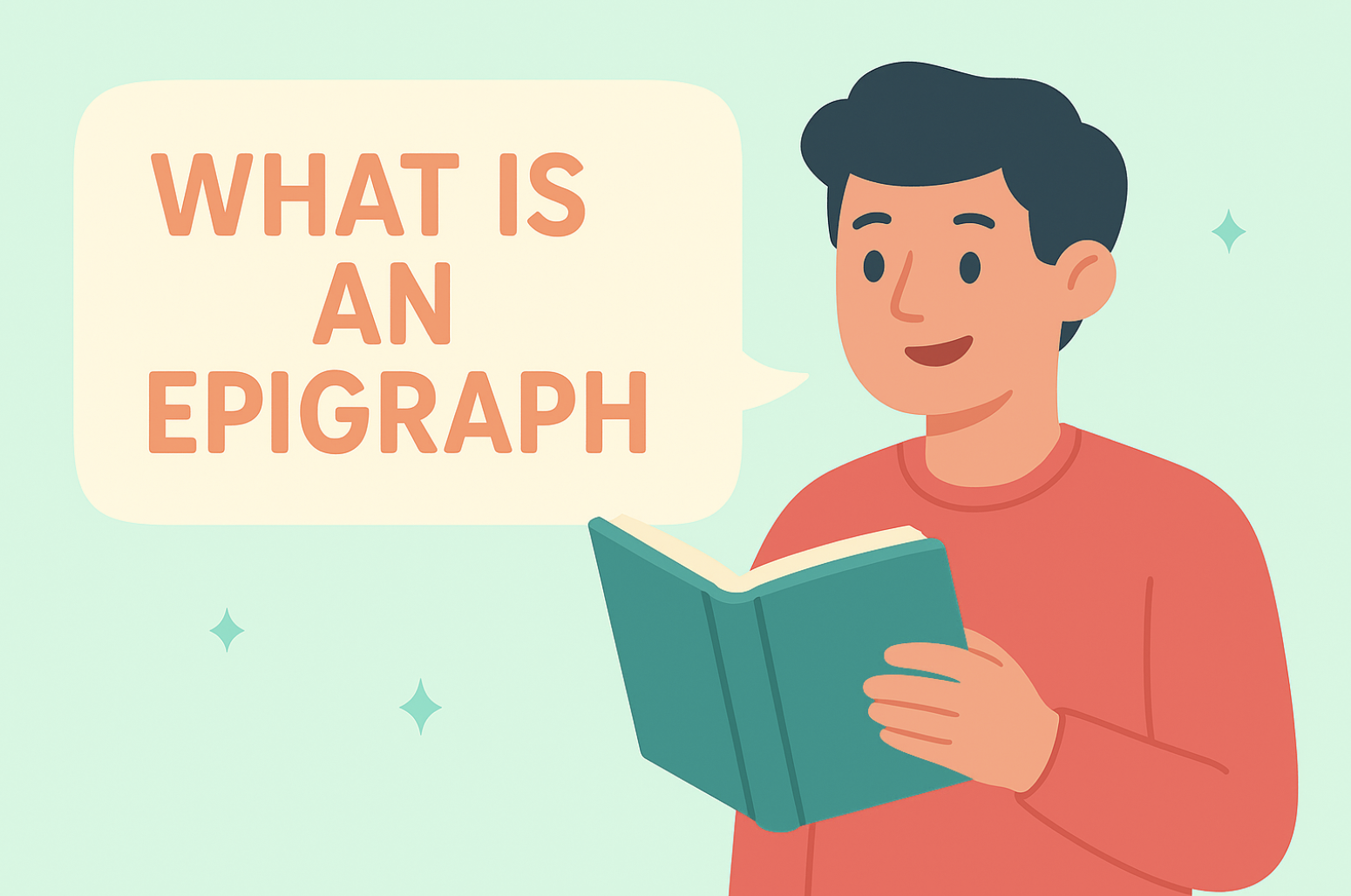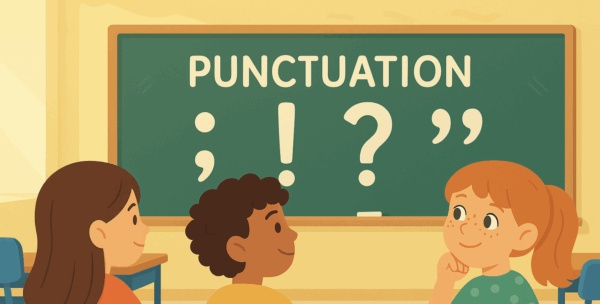Interactive fiction, the kind that lets readers control the story’s direction, is like creating a buffet of choices for your audience—except, instead of deciding between dessert or more dessert, they’re navigating branching storylines, hidden consequences, and multiple endings. If you’ve ever wanted to combine your passion for storytelling with the freedom of a video game, you’re in the right place. Creating interactive fiction is like playing chess with your readers; every move they make alters the story.
A game writing masterclass taught by Susan O’Connor can help you create compelling interactive fiction by focusing on adapting myths into engaging stories with branching gameplay, emphasizing the importance of crafting meaningful player choices and narrative depth. Let’s dive into how you can build a compelling, multi-faceted narrative that doesn’t just engage readers but puts them in the driver’s seat of their own adventure.
Understanding Interactive Fiction
Writing interactive fiction is both an art and a puzzle. It’s like traditional storytelling, but with one major twist—your reader is an active participant. In writing interactive fiction, players aren’t just along for the ride; they’re responsible for steering the entire vehicle. Think of them as co-pilots, making micro-decisions that shape the outcome of the journey.
Unlike a linear narrative, where the story is set in stone, branching narrative stories involve the reader’s choices altering the plot. For example, parser games use text inputs, allowing players to interact with the story world, while choice-based games offer players set options to pick from, affecting the path the story takes. Creating interactive fiction demands that you strike a balance between narrative depth and player freedom. You want to engage your readers, but you don’t want them to get lost in a sea of irrelevant choices.
Using tools like flowcharts and mind maps can help you plan and organize your story. Additionally, sharing the game file with qualified testers (e.g., experienced players or those familiar with interactive fiction) is crucial for gathering valuable feedback on the game’s design and potential bugs.
Planning and Organizing Your Game
Before you dive into the creative process of writing interactive fiction, it’s crucial to lay a solid foundation through meticulous planning and organization. Think of it as setting the stage for a grand performance where every element must be in place for a seamless show.
Start by defining the main goal of your game. What do you want the player to achieve? This overarching objective will guide the narrative and keep the story focused. Next, identify the key plot points and twists that will drive the story forward. These are the moments that will keep your players on the edge of their seats, eagerly anticipating what comes next.
Consider how the player’s decisions will affect the game world and the story. Each choice should have meaningful consequences, creating a ripple effect that alters the narrative in significant ways. This is where the magic of interactive fiction truly shines—players feel a sense of ownership over the story as their decisions shape the outcome.
To keep track of the different branches of your game and how they intersect, use tools like flowcharts, mind maps, and outlining software. Flowcharts can help you visualize the various paths and how they connect, ensuring that no branch feels like a dead end. Mind maps are great for brainstorming ideas and seeing how they relate to each other while outlining software can help you create a detailed roadmap of your game and monitor your progress.
Pacing is another critical aspect to consider. You want to create dramatic tension that keeps players engaged, but you also need to give them enough time to make thoughtful decisions and explore the game world. Striking this balance will ensure that your interactive fiction is both compelling and enjoyable.
Crafting a Strong Narrative Hook
The most critical moment of your interactive fiction is the opening hook. Get it right, and you’ve got them for the rest of the game; get it wrong, and you’re left wondering where you lost them. Starting with a solid narrative hook is essential for immediate engagement. You want the reader to feel the weight of their choices from the get-go.
Think of a dramatic opening scene that immediately presents the player with a dilemma or obvious branch moments where they must choose a path. Just like in life, those micro-decisions can come back to bite them (or save them), so make sure their choices matter. There’s nothing worse than a locked path that feels inconsequential. The stakes should be attached right from the very beginning.
Building Branching Paths and Obvious Branch Moments
In writing interactive fiction, the phrase “Choose your own adventure” means you’re going to need more than one outcome. Readers love a good twist, and allowing them to reach multiple endings based on their decisions is the key to making your story feel dynamic. Branching gameplay moments help create a world where readers can explore different outcomes based on the paths they select.
Remember, each path should feel distinct, with its own narrative arc and consequences. Ensure every choice, from major decisions to micro-decisions, feels impactful. Tools like flowcharts or sticky notes will help you keep track of where each branch leads. You want your players to feel like their decisions hold weight, with locked branch choices carrying both rewards and consequences.
Balancing Structure with Player Freedom
This is where things can get tricky. You need to design a story with enough dramatic tension to keep players hooked but also give them the freedom to shape their journey. There’s a delicate balance between narrative and gameplay in interactive fiction. Too much freedom, and the story loses focus. Too much structure, and it starts to feel like a railroaded plot with gamey elements.
Your job as the writer is to make sure that every branch feels natural, not forced. Readers shouldn’t feel like they’re just picking random options. There should be real stakes in every choice they make.
Refining Your Final Draft: From Branches to Final Game Balance
Once your story’s paths are mapped out, it’s time for the final draft. In many cases, the final draft involves stripping out excess content to ensure each branch has clarity and focus. Think of it as trimming the fat. If a choice doesn’t add to the overall experience, cut it.
Test your story with beta readers (or a gracious writing group) and get invaluable feedback on whether each decision feels meaningful. You don’t want players to get frustrated with branches that lead to nowhere. Fine-tune each path until the narrative is as streamlined and engaging as possible.
Game Design Mechanics: Balancing Narrative and Code
Interactive fiction isn’t just about storytelling; it’s about mechanics. Whether you’re using tools like Twine or ChoiceScript, or developing with a custom programming language, the code has to support the narrative seamlessly. Game writing masterclasses often teach how to balance narrative structure with coding for a cohesive player experience.
Keep it simple. Avoid getting lost in too many gamey elements that can distract from the story. Your players came for a narrative, not just a game. Strike a balance where the choices and mechanics work hand in hand to keep the reader immersed.
Publishing Your Final Game
After countless hours of writing, revising, and testing, your interactive fiction game is finally ready for the world. But how do you go about publishing it? Fortunately, there are several avenues available to get your game into the hands of eager players.
Online platforms like itch.io and Choice of Games are excellent options for sharing your game with a large audience. These websites allow you to upload your game and make it accessible to players around the globe. Participating in game jams can also be a fantastic way to gain exposure and receive valuable feedback. These events bring together game developers to create games within a set time limit, fostering a sense of community and collaboration.
Conventions and festivals offer another opportunity to showcase your game. Attending these events allows you to connect with other game developers and players, providing a platform to demonstrate your work and gather feedback in real-time.
Before you publish your game, thorough testing is essential. Ensure that your game is free of bugs and errors by conducting extensive playtesting. Gather feedback from beta testers and incorporate their suggestions to refine your game further. This step is crucial to delivering a polished and enjoyable experience to your players.
In addition to publishing, consider creating a marketing plan to promote your game. A well-crafted trailer or demo can showcase the highlights of your game and generate excitement. Writing a press release and reaching out to gaming media outlets can help spread the word. Engaging with players through a social media campaign can also build a community around your game and keep the momentum going.
By following these steps, you can ensure that your interactive fiction game is not only well-planned and well-written but also well-received by players.
Key Takeaways from Creating Interactive Fiction
After going through all these stages, you’ll find that creating interactive fiction is as much about letting go as it is about building something up. Feedback from a gracious writing group provides invaluable insights for improving the narrative, prompting reconsideration of clarity, character motivation, and structure. You’re giving readers control over their fate but within the confines of a narrative you’ve crafted. Test your work, seek invaluable feedback, and enjoy the process of seeing how readers interact with your creation. Remember: this is their story, but you’re the architect.
Bringing Your Interactive Fiction to Life
Creating interactive fiction is a rewarding journey that blends storytelling with game design, allowing your readers to actively participate in the narrative. By crafting meaningful choices, building dramatic tension, and perfecting your branching gameplay, you can create a truly immersive experience that keeps players returning for more.
Ready to take your interactive fiction to the next level? At Spines, we offer a seamless publishing platform that supports authors in bringing their stories to life, no matter the format. Whether you’re creating a standard visual novel or an intricate branching narrative, our team of experts is here to help you every step of the way. Upload your manuscript today, and let us guide you on your journey to becoming a published author!
Start your adventure with Spines now!







